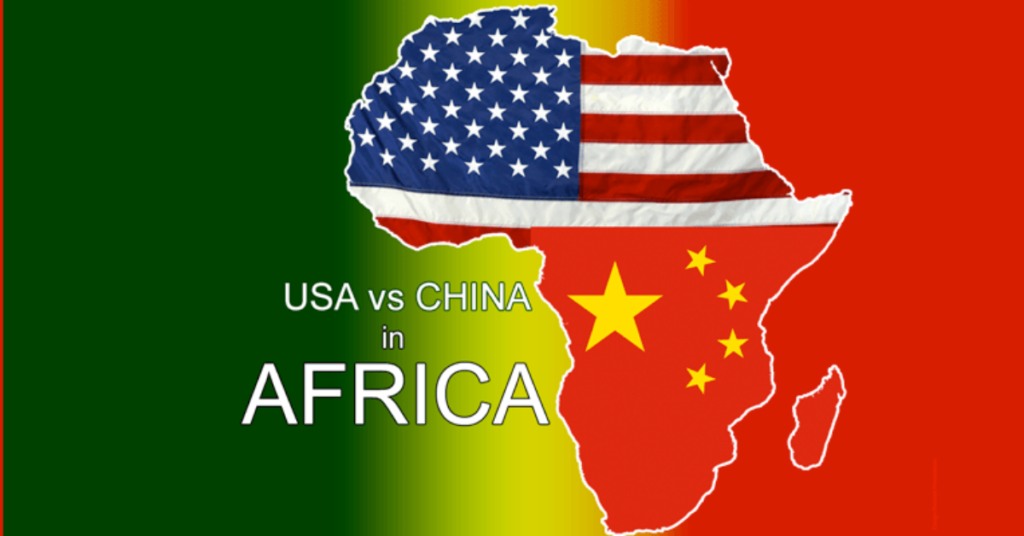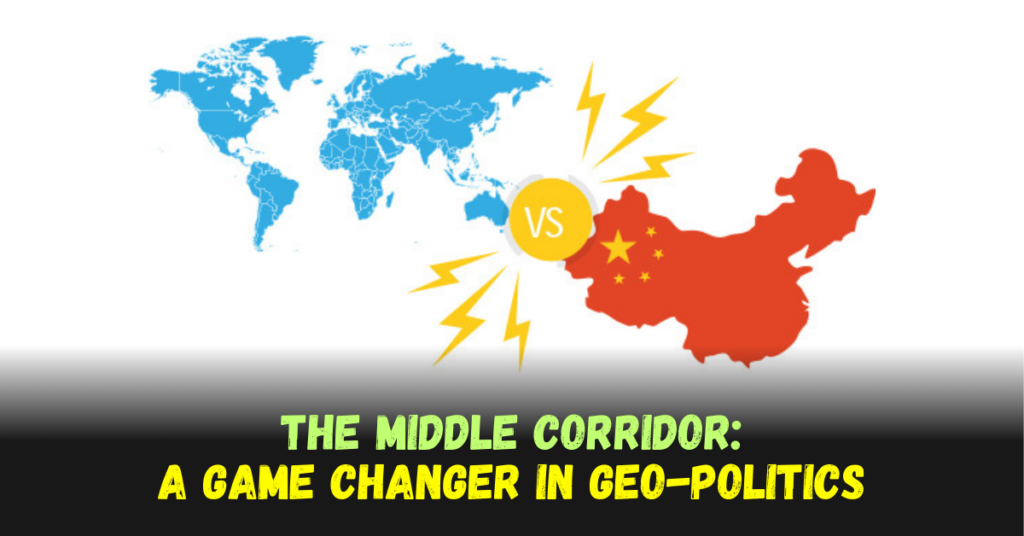The South China Sea, a vital artery for global trade and a potential treasure trove of natural resources, has become a flashpoint for geopolitical competition. At the center of this complex web of territorial claims, resource competition, and strategic maneuvering lies the relationship between the United States and the Philippines. This article delves into the historical context, evolving dynamics, and potential future trajectories of this partnership in the face of China’s growing assertiveness in the region.
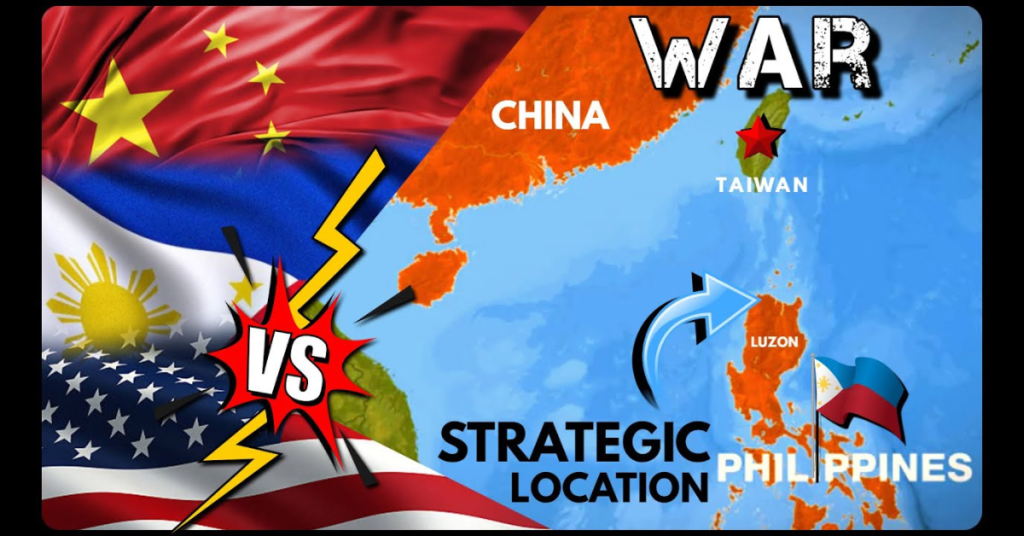
A Legacy of Alliance: The US-Philippines Mutual Defense Treaty (MDT)
The foundation of the US-Philippines security partnership lies in the 1951 Mutual Defense Treaty (MDT). This treaty, forged during the Cold War, obligates both nations to come to each other’s defense in case of external aggression. The MDT has been a cornerstone of regional security for decades, deterring potential conflicts and fostering military cooperation between the two allies.
The Rise of China and Shifting Balance of Power
China’s economic and military rise has significantly altered the strategic landscape in the South China Sea. Central to this equation is China’s expansive territorial claim, encompassing a vast swathe of the sea known as the “Nine-Dash Line.” This claim directly overlaps with the territorial claims and Exclusive Economic Zones (EEZs) of several Southeast Asian nations, including the Philippines. China’s assertive actions, such as land reclamation projects on disputed islands, militarization of outposts, and harassment of fishing vessels from neighboring countries, have heightened anxieties and stoked tensions in the region.
See More: Niger Crisis: A Crossroads of Geopolitics, Resources and Aspiration
The Philippines’ Navigating Act: Balancing Interests
The Philippines, a nation geographically positioned at the heart of the South China Sea dispute, has historically navigated a delicate path between its alliance with the US and its economic ties with China. Under the previous administration of President Rodrigo Duterte, the Philippines pursued a policy of appeasement towards China, downplaying the South China Sea dispute in an attempt to foster closer economic ties with its powerful neighbor. However, this approach also led to accusations of neglecting the Philippines’ legitimate territorial claims.
The Marcos Jr. Presidency: A New Chapter in US-Philippines Relations?
The recent election of President Ferdinand “Bongbong” Marcos Jr. has ushered in a period of uncertainty regarding the Philippines’ foreign policy direction. While seen as more pro-US than his predecessor, Marcos Jr.’s stance on the South China Sea dispute remains to be fully articulated. Early signs, however, point towards a potential shift. The 2024 visit by US Secretary of State Antony Blinken was seen as a positive signal, reaffirming the US commitment to the Philippines under the MDT. This visit could potentially mark a renewed focus on strengthening the US-Philippines security partnership to counter China’s growing influence.
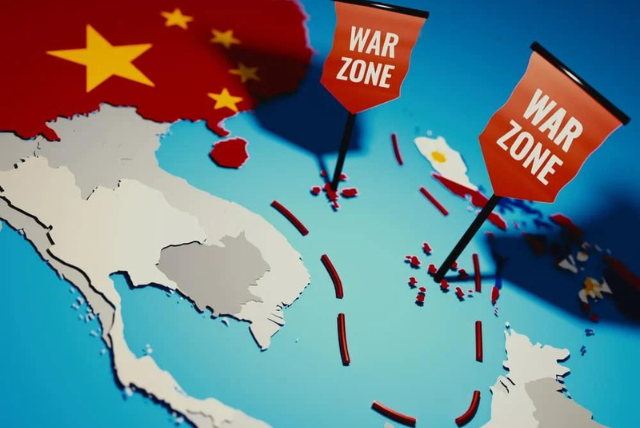
The Strategic Significance of the South China Sea
The South China Sea transcends mere territorial disputes; it possesses immense strategic and economic significance for the region and beyond. Here’s a breakdown of some key factors:
- Global Trade Lifeline: Over 16% of global trade in Southeast Asia transits through the South China Sea, making it a vital artery for the global economy. Any disruption to freedom of navigation in this region could have serious economic repercussions.
- Resource Richness: The South China Sea is believed to be rich in natural resources, including oil, gas, and valuable mineral deposits. This resource potential fuels competition among claimant states, each vying for a larger share of the maritime bounty.
Understanding the Claims: A Complex Mosaic
Several countries have overlapping territorial claims in the South China Sea, making the dispute intricate and multifaceted. Here’s a deeper look at the major players:
- China: As mentioned earlier, China claims the vast majority of the South China Sea based on historical interpretations and the controversial “Nine-Dash Line.”
- Philippines: The Philippines has claims to several islands and features within the South China Sea, including Scarborough Shoal, currently occupied by China.
- Vietnam: Vietnam also has competing claims in the South China Sea and has clashed with China over resource exploration projects.
- Taiwan: Taiwan considers the entire South China Sea as its territory, a claim stemming from its historical dispute with mainland China.
- Malaysia, Brunei: Malaysia and Brunei also have smaller territorial claims in the South China Sea and have expressed concerns about China’s assertive actions.
Historical Roots of the Dispute: Maps and Ambiguity
China’s claims in the South China Sea can be traced back to the publication of a map in 1947 that included the disputed territories within its borders. The ambiguity surrounding historical records and the lack of clearly defined maritime boundaries fuel the ongoing dispute. Additionally, the discovery of potential resource wealth in the region has further intensified competition among claimant states.
The US Role: Maintaining Freedom of Navigation
While not a party to the territorial dispute, the US maintains a strong interest in upholding freedom of navigation in the South China Sea. This principle ensures the unimpeded flow of commerce and military vessels through the region. The US Navy regularly conducts Freedom of Navigation Operations (FONOPs) to challenge China’s excessive territorial claims and demonstrate its commitment to maintaining open sea lanes. These operations, however, are met with strong opposition from China, further escalating tensions.
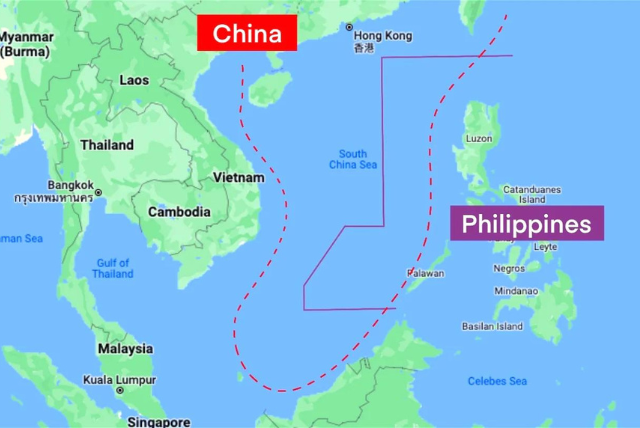
Potential Outcomes and Navigating Uncertainty
The future trajectory of the South China Sea dispute remains uncertain. Here are some potential scenarios:
- Peaceful Resolution: International frameworks like the UN Convention on the Law of the Sea (UNCLOS) could provide a path towards a peaceful resolution through negotiations and legal arbitration. However, achieving consensus among all parties seems like a distant prospect in the near future.
- Increased Tensions: Continued Chinese assertiveness, coupled with incidents like the water cannon attack on a Philippine vessel, could lead to a heightened security environment with a risk of inadvertent military escalation.
- The Role of Regional Powers: Other regional powers, such as Japan and India, may play a more significant role in shaping the future of the South China Sea. Their growing naval capabilities and economic clout could act as a counterbalance to China’s dominance.
- The Importance of Diplomacy: Continuous diplomatic efforts and dialogue among claimant states are crucial to prevent miscalculations and manage tensions. Multilateral forums like the Association of Southeast Asian Nations (ASEAN) can play a vital role in facilitating peaceful solutions.
The US-Philippines Partnership: A Strategic Imperative
The US-Philippines alliance holds immense strategic value in the context of the South China Sea dispute. A robust partnership not only deters potential Chinese aggression but also strengthens the collective voice of Southeast Asian nations advocating for a rules-based international order. Areas of potential cooperation include:
- Joint Military Exercises: Regular joint military exercises between the US and the Philippines enhance interoperability and demonstrate a united front against external threats.
- Capacity Building: US assistance in equipping and training the Philippine military is crucial for the Philippines to strengthen its maritime security capabilities.
- Economic Cooperation: Investing in infrastructure development and promoting economic ties between the US and the Philippines can solidify their strategic partnership.
See More: China Economic Slowdown: Ripples Across the Globe
Looking Ahead: Challenges and Opportunities
The US-Philippines alliance faces several challenges in the years to come. Managing the evolving political landscape in the Philippines, addressing historical baggage surrounding the alliance, and navigating China’s growing economic and military influence will be key hurdles to overcome. However, opportunities also abound. A renewed commitment to the MDT, increased cooperation on maritime security, and fostering closer economic ties can solidify the US-Philippines partnership as a critical pillar of stability in the contested South China Sea.
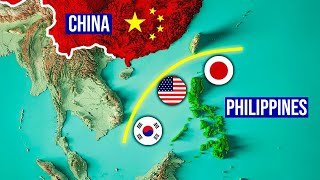
Conclusion
The South China Sea dispute presents a complex geopolitical challenge with no easy solutions. The US-Philippines alliance, however, serves as a vital bulwark against China’s unilateral actions and a cornerstone for maintaining a peaceful and prosperous regional order. By strengthening this partnership through continued dialogue, enhanced cooperation, and a shared commitment to upholding international law, the US and the Philippines can play a crucial role in navigating the uncertainties of the South China Sea and ensuring a stable and prosperous future for the region.
Thanks for Visiting Us In Focus!
For DMCA complaints, please visit our DMCA Form / Report Content
Follow us on other platforms as follows:
Facebook – https://www.facebook.com/usinfocus
X (formerly Twitter) – https://twitter.com/usinfocusdotcom

